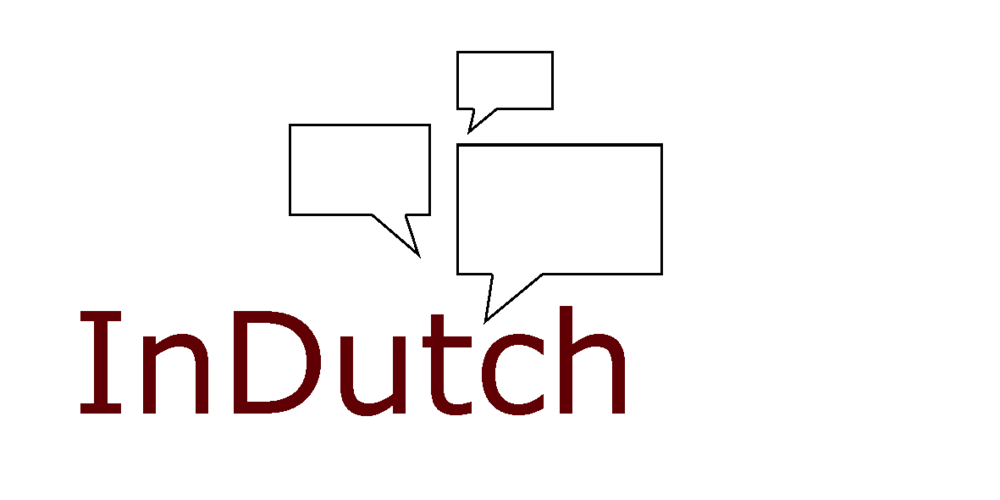What to consider when planning a multilingual website
One of the best ways to drive revenue is to make your website available in multiple languages. After all, a recent Common Sense Advisory Study reveals that no less than 75% of potential clients want to see your products in their native language. And although the common assumption is that many people are comfortable using English, this figure is increasing rather than decreasing. Moreover, most people simply never or rarely ever buy from websites that are not available in their native language.
Localizing your website is therefore certainly worth the effort. And the more languages you add, the larger your target audience.
Here are a few important things to consider when planning a multi-language website.
Make sure your original text is definitive and up-to-date
If your source text contains errors or needs updating at a later stage, all language versions will need to be edited, which will take a lot more effort than editing one language.
Consider the characteristics of the different languages while preparing your original text
There are various things to consider when preparing the original text, depending on the languages you want to have it translated into. The wrong character encoding may lead to strange symbols and characters in a translated version, even for common languages like French. Your preferred font and font size may turn out to be unsuitable for languages that use different characters, like Arabic or Chinese. And the provided space for menu items should be fit even for languages that take up more space, like German or Italian.
Do the research before deciding on a website structure
There is no magic formula for multi-language websites. Domain names, URL structure, the use of language codes, navigation structure, etc. depend on your own needs, the size of the website, the number of languages offered etc. They should all be carefully considered beforehand in order to avoid problems in later stage.
Have your website translated by a professional translator
Never ever use machine translation for something as important as your website, your calling card for an international audience. Machine translation yields unreliable results, from funny over ridiculous to downright incorrect. Moreover – and many people are not aware of this – using automatic translation is against Google’s Webmaster Guidelines and may affect your ranking in the search results. Find a professional translator - a native speaker of the target language, and preferably one who is familiar with your industry. Only a professional translator can help you make the good first impression you want to make.
Discuss your SEO needs with your translator
If keywords are important for your SEO strategy, discuss your needs with your translator. It is not sufficient to simply translate the keywords you are using for your original website. The choice of keywords in other languages will depend on cultural differences, differences in use and even differences in style and tone.
And more…
If you want to get the details right you can even take other cultural aspects and local conventions into account. Even preferences for images and colour schemes may differ per language and country.
I hope these pointers will help you set up your own multilingual website.
Good luck and don’t hesitate to contact me for your translations from English into Dutch!

